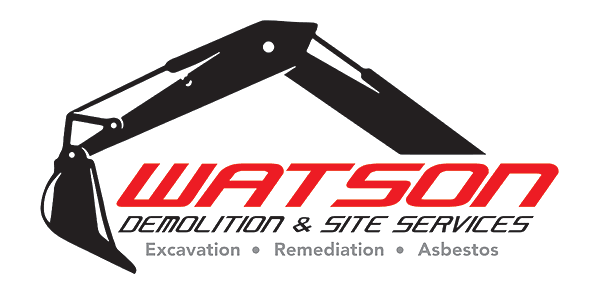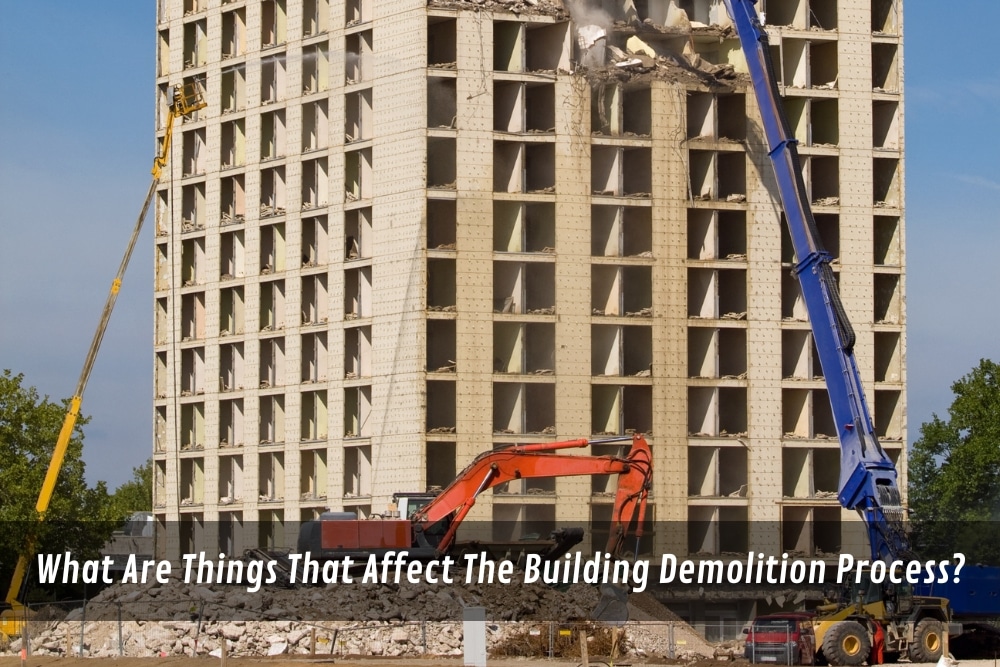The demolition process can be a complex and challenging task that requires careful planning and execution. It involves the dismantling and removal of structures such as buildings, bridges, and other infrastructure. Demolition experts and commercial demolition services must take into account a wide range of factors to ensure the safe and efficient removal of these structures. From high-risk industrial demolition to creating enough free space to work, there are many things that can affect the building demolition process.
In this blog post, we will explore the key factors that can impact the demolition process, including the location of the building, the condition of the structure, and the potential risks involved. We will also discuss the importance of working with experienced and reliable demolition experts to ensure a successful demolition project. So, let’s dive in and explore what it takes to safely and effectively demolish a building, from the side of the building to the ground up.
What are the various types of demolition processes?
The types of demolition processes vary depending on the size, complexity and condition of the building being demolished. The most common methods used are manual demolition, high-reach excavators, explosive demolition, and partial demolition.
- Manual demolition requires workers to physically tear down the structure using sledgehammers, pneumatic drills, saws and other hand tools.
- High-reach excavators use hydraulic arms with attached tools to safely demolish a building from a distance.
- Explosive demolition utilizes explosives to demolish large or difficult-to-reach structures in one swift movement.
- Partial demolitions involve removing part of a building’s structure while leaving some intact for reuse or repurposing.
What are the various factors that impact the demolition procedure?
There are several factors that can impact the demolition procedure. These factors can vary depending on the specific project and site conditions. Here are some common factors that can influence the demolition process:
- Structural Complexity: The complexity of the structure being demolished plays a significant role. Buildings with intricate designs, reinforced concrete structures, or multiple levels may require specialised techniques and equipment.
- Building Materials: The type of materials used in the construction of the building can affect the demolition process. Structures made of concrete, steel, wood, or a combination of materials may require different methods and tools for demolition.
- Site Constraints: The surrounding environment and site conditions can impact the demolition procedure. Factors such as limited space, proximity to other structures, utility lines, or environmentally sensitive areas may require careful planning and execution to ensure safety and minimize disruptions.
- Safety Requirements: Demolition work involves inherent risks, so safety considerations are crucial. Compliance with local government regulations, obtaining necessary permits, and implementing safety measures like dust control, noise reduction, and debris management are essential factors that impact the demolition process.
- Environmental Concerns: Environmental considerations have become increasingly important in demolition projects. Proper handling and disposal of hazardous materials, such as asbestos, lead-based paint, or other contaminants, must be taken into account to ensure compliance with environmental regulations.
- Project Timeline: The timeframe allotted for the demolition project can influence the approach used. Whether the project requires a fast-track demolition or can be completed over an extended period can impact the selection of methods and equipment.
- Cost Considerations: The budget allocated for the demolition project can impact the choice of techniques and equipment used. Different methods may have varying costs associated with labour, equipment rental, waste disposal, and recycling.
- Salvage and Recycling Opportunities: Demolition projects increasingly focus on salvaging and recycling materials to minimize waste and promote sustainability. The potential for salvaging valuable components or recycling materials can influence the demolition process.
- Noise and Disruption: Demolition work can cause noise, dust, and vibrations, which may affect nearby communities, businesses, or sensitive facilities. Minimising disruption and coordinating with stakeholders in the vicinity are factors that need to be considered.
- Contractor Experience: The expertise and experience of the demolition contractor are crucial factors. Contractors with a proven track record and knowledge of various demolition techniques can ensure a more efficient and safe demolition process.
In summary, these factors interact and need to be carefully evaluated when planning and executing a demolition project to ensure successful completion while prioritising safety, environmental considerations, and cost-effectiveness.
What is the importance of proper planning and assessment in the demolition process?
Proper planning and assessment are integral to the demolition process. Without proper planning and assessment, it is impossible to identify potential risks or anticipate how long the project will take. This can lead to delays, budget overruns, and safety hazards that can put workers at risk. It is essential to account for each of the factors listed above when preparing a demolition plan.
- Before beginning any demolition work, an experienced team of professionals should assess the building site and identify any potential risks or issues that could delay the project or require additional preparation. This includes evaluating structural complexity, hazardous materials, regulatory compliance requirements, utility disconnection steps and environmental considerations.
- After evaluating these aspects, it becomes possible to decide which demolition method to use (such as traditional manual demolition or explosive demolition) and determine the necessary resources for the task.
By planning and assessing properly, one can complete the building demolition process safely and efficiently.
Conclusion
Overall, there are several factors that can affect the building demolition process. These include hazardous materials such as asbestos, structure falls, utility disconnection steps, environmental considerations, and project timelines. Proper planning and assessment are essential to ensure a safe and efficient demolition project. By taking the time to evaluate each of these factors, contractors can develop an accurate timeline and plan for the demolition process that accounts for any potential risks or issues.
Here at Watson Demolition and Site Services, we have many years of experience in the demolition industry. Our team of experts are available to provide comprehensive services for any commercial or industrial project. Whether you need a full demolition plan or partial demolition services, our team is here to help. Contact us today to learn more about how we can assist you with your building demolition project.



